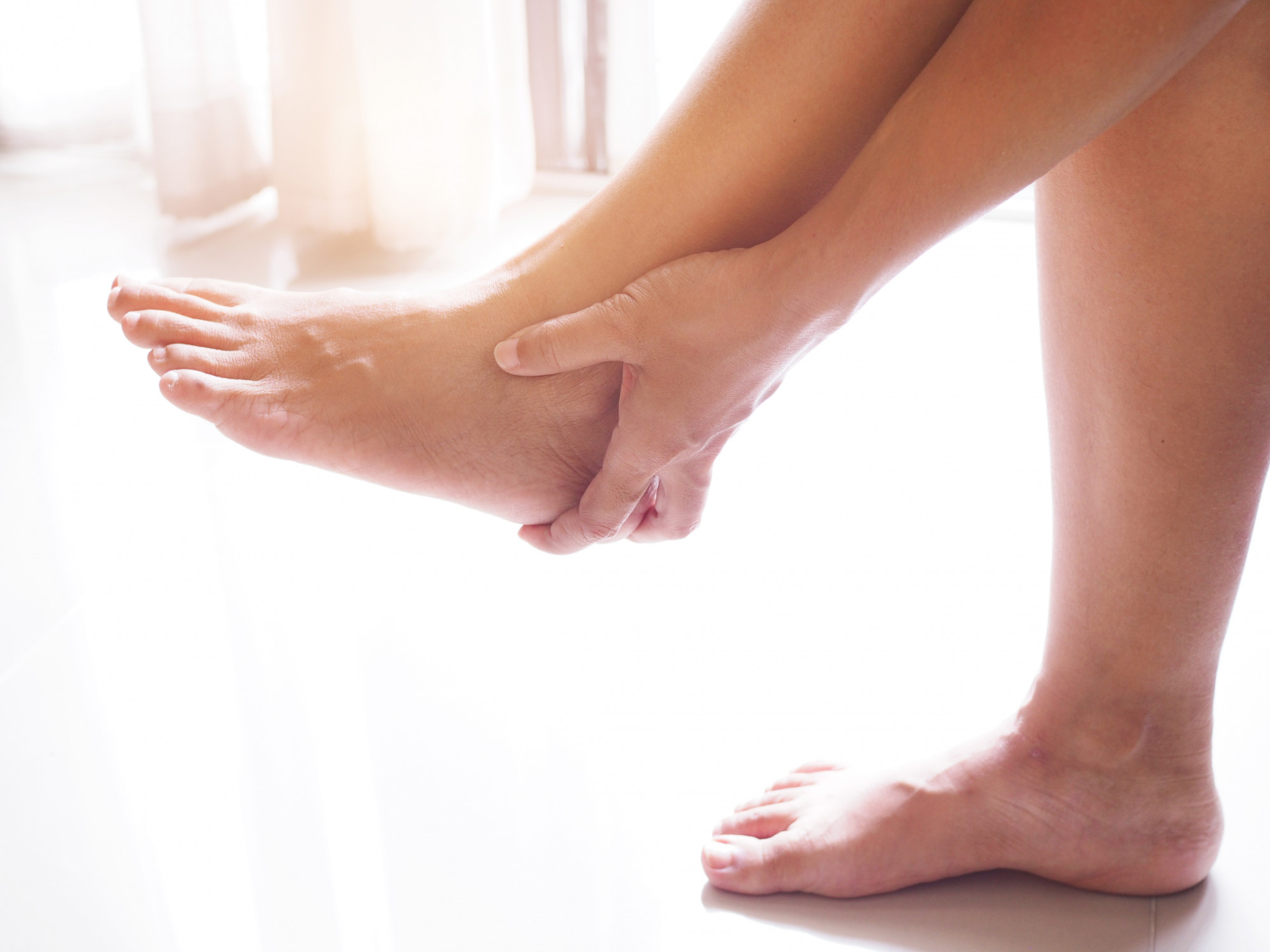Menü
Contact information
- Mimar Sinan Mahallesi 1359. Sokak Akademia Sağlık Merkezi No: 5 K:2 D:4 Alsancak, Konak
- info@safasatoglu.com
- Working hours: 09.00 - 18.00 Sunday: Closed
Heel Spur
- Home page
- Heel Spur
Heel Spur
Heel Spur
A heel spur is a major health concern that impairs your daily life by causing pain and soreness, especially while you're on the move. This condition, also known as plantar fasciitis, is caused by inflammation of a tissue that connects your heel bone to your toes. This inflammation causes you to experience a stinging sensation when you step or stand on your foot. If you suddenly increase your movement, the pain may decrease temporarily. But if you stop moving or sit down, the pain will return after a while.
Why do heel spurs develop?
The heel spur problem may develop due to the following conditions:
- Using the wrong footwear for a long period of time,
- Weight gain that the soles of the feet cannot handle,
- Do not make sudden movements that put a sudden load on the soles of the feet,
- Strain in the heel tissue caused by frequent jumping,
- Use of shoes without adequate heel support,
- Running or walking for long periods on hard surfaces,
- Using flip flops for a long time
- Arthritis and similar conditions,
- Overloading a specific area by experiencing walking problems.
If one or more of the above conditions are experienced continuously, over time, the tissue called plantar fasciitis will become damaged and inflamed. This will mean damage to the muscle bands. Your doctor may recommend foot exercises for this knife-cut-like pain or may prefer to apply different treatment applications. A professional examination is essential for this.
Symptoms of heel spur discomfort can be listed as swelling in front of the heel, warming around the heel and in the area where pain is felt, a sensation similar to a stabbing sensation just below the heel, and the formation of a bone-like protrusion under the heel.
How to Treat Heel Spurs?
Your doctor may prefer different methods for the treatment of heel spurs.
Podo-Taping
A method called podo-taping can be used to treat heel spurs. It is often recommended to combine this treatment method with other physiotherapy exercises. Podo-taping, which draws attention with its special band structure among taping treatments and has high success rates, was developed by Dr. Kenzo Kase. This method, developed in the 70s, aims to start the healing process without restricting the mobility of muscles and joints in any way. The application of podo-tapin in the treatment of heel spurs does not require additional medication or surgical procedure. In this way, you do not have to wait for an extra tissue repair for the healing process.
The main thing that taping does is to stimulate receptors located in different layers of the skin, which, if activated, will reduce pain. The fact that the patches provide an increase in comfort from the first moment of application and provide a lasting effect with regular use, enabling healing, is the primary reason why this method is preferred by many doctors. In general, it is possible to restore mobility and balance to the most balanced state by improving blood circulation and lymph circulation with the use of these patches.
For a closer look at this method developed by Dr. Kenzo Kase in the seventies, take a look at the Taping Therapy content (link to previous article here).
Rest and Exercise
It may be useful to take time off work and rest for a while to relieve the pressure on your feet. Regularly practicing the foot exercises recommended by your doctor during this rest period can speed up the healing process.
Heel Spur Medication
It may also be helpful to use medication for heel spurs in conjunction with physical therapy sessions with your doctor. However, there is no medication that is directly designed to solve the problem of heel spurs. Instead, you may prefer medications that your doctor may recommend for you and that will trigger tissue healing. In general, the following types of medication can be prescribed by doctors in line with the patient's complaints:
Medicines that have a pain-relieving and anti-inflammatory function: Generally, in cases where the heel spur causes intense pain, your doctor may prescribe medications such as ibuprofen and naproxen. You can use these medicines with peace of mind as long as your doctor recommends them.
Medicines such as cream and gel: Creams, gels and ointments that accelerate the healing process by removing inflammation and at the same time moisturizing and softening the affected area are frequently preferred and stand out with their relaxing properties.
Steroid injection: Steroid injections, which are generally preferred for high level complaints when other treatments are tried and no results are obtained, have high success rates.
Heel Spur Surgery
Under normal circumstances, heel spurs are a type of disease that heals without the need for any surgical procedure. However, in some patients the condition may be a bit more persistent. In this case, surgery may be preferred by the doctor. Your doctor waits for about a year before opting for surgery and manages the process to get a response from other treatments. A surgical procedure is then initiated to release the damaged plantar fascia and remove the heel spur from the affected area.
Surgery may not be suitable for everyone. Your doctor will check that you are not taking any compulsory medication that would interfere with the surgical procedure. If everything is in order, the surgery will take place in a short time. Surgery is considered a last resort because of the risk of various complications. Patients may experience numbness or nerve pain after surgery.

 Turkish
Turkish English
English Deutsch
Deutsch Русский
Русский عربى
عربى